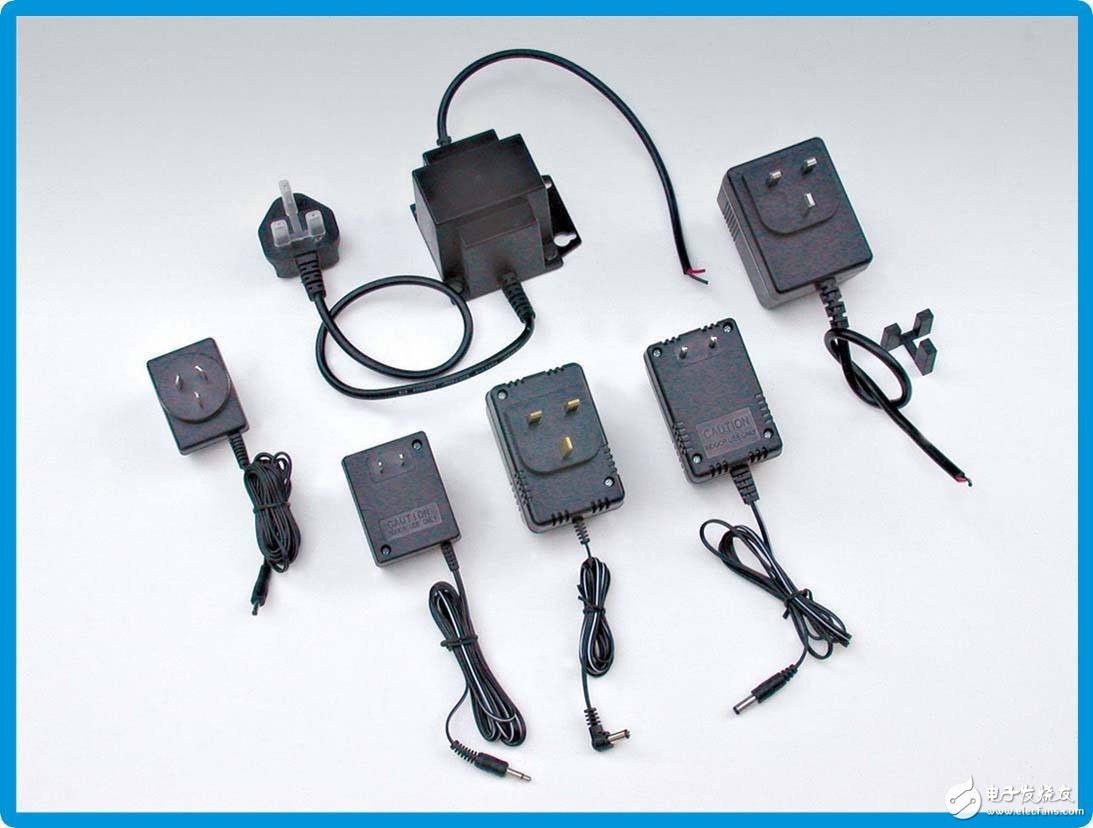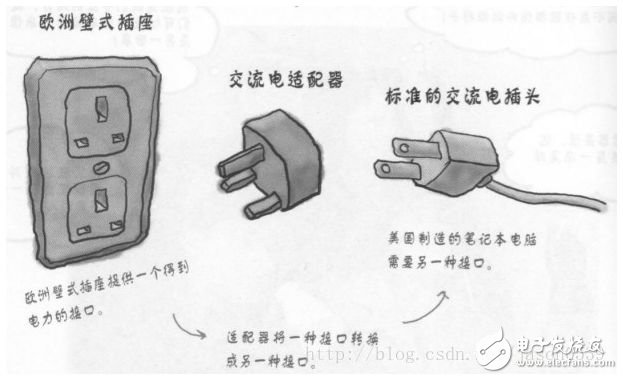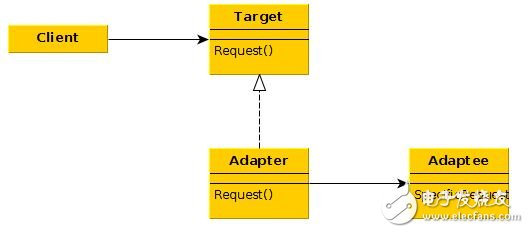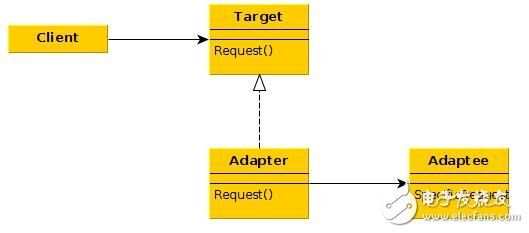What is an adapter?

In software development, the adapter pattern—also known as the wrapper pattern—is a design pattern that allows incompatible interfaces to work together. It acts as a bridge between two classes with different interfaces by converting the interface of one class into another that the client expects. This makes it possible for systems that couldn’t previously interact to now function seamlessly. Essentially, the adapter wraps an existing class, allowing it to be used in a new context without modifying its original code.
The roles involved in the adapter pattern are:
◠**Target Role**: This is the interface that the client expects to use. In the case of a class adapter, the target cannot be a class—it must be an interface.
â— **Adaptee Role**: This is the existing class or interface that needs to be adapted to match the target interface.
â— **Adapter Role**: The adapter is the core component of this pattern. It acts as a mediator, translating the methods of the adaptee into the expected target interface. Unlike the target, the adapter must be a concrete class, not just an interface.
**The Nature of the Adapter Pattern**

At its core, the adapter pattern is about **interface conversion and function reuse**. It enables existing implementations to fit into new interfaces by wrapping them, allowing the system to leverage old code without rewriting it. This means that the main goal of the pattern is not just to make things work, but to make the most of what already exists.
During the adaptation process, the adapter can also perform additional operations before or after calling the adaptee’s methods, which is referred to as **intelligent adaptation**. This gives developers more control over how the wrapped object behaves within the new context.
**Adapter Classification**
There are three common types of adapter patterns:
**Class Adapter Mode** – In this approach, the adapter class inherits from the adaptee class, allowing it to access its methods directly. This is typically done through multiple inheritance. However, this limits the adapter to only work with a single class and its subclasses, and it can override some behaviors of the adaptee.

**Object Adapter Mode** – Instead of inheriting from the adaptee, the adapter holds a reference to an instance of the adaptee. This allows the adapter to work with multiple adaptees and their subclasses, making it more flexible. However, overriding the adaptee’s methods becomes more complex, as it requires creating a subclass first.
**Interface Adapter Pattern** – This is used when you want to implement only a subset of an interface. An abstract class is created that implements all the methods of the interface, and other classes can inherit from it, overriding only the methods they need.
**When to Use an Adapter**

The adapter pattern is not commonly used in every project, but it becomes essential in specific situations:
1. When your system needs to use existing classes, but their interfaces don’t match what the system requires.
2. When you want to create a reusable class that can work with unrelated classes, even those that may be added later. These classes might not have a consistent interface.
3. When you want to integrate a class into another system through interface conversion. For example, imagine a "flying tiger"—by adding an adapter, you can give a tiger the ability to fly without changing its original structure.
However, using too many adapters can complicate the system, making it harder to understand and maintain. If the A interface is called internally but actually uses B, and this happens frequently, it can lead to confusion and errors. Therefore, it's better to refactor the system if possible instead of relying heavily on adapters.
Hydraulic Light Tower
Hydraulic Light Tower
A hydraulic light tower is a portable lighting system that uses hydraulics to extend a tower and provide illumination in various settings. It is commonly used in construction sites, road works, emergency response situations, and outdoor events.
The hydraulic light tower consists of a telescopic mast that can be raised and lowered using hydraulic cylinders. The mast is typically made of strong and lightweight materials such as aluminum or steel. At the top of the mast, there are multiple light fixtures that can be adjusted to provide 360-degree illumination.
The hydraulic system of the light tower is powered by a hydraulic pump that is usually driven by a diesel engine. The pump supplies hydraulic fluid to the cylinders, allowing the mast to be extended and retracted smoothly. The height of the mast can be adjusted to meet specific lighting requirements, with some models capable of reaching heights of up to 30 feet or more.
The light fixtures on the tower are usually high-intensity discharge (HID) lamps or LED lights, which provide bright and efficient illumination. These lights can be rotated, tilted, or adjusted to focus the light in specific directions. Some models also come with features such as automatic light sensors, timers, and remote control capabilities.
Hydraulic Light Tower,Led Lamp Light Tower,Mobile Lighting Tower Led,Mobile Led Light Tower
Grandwatt Electric Corp. , https://www.grandwattelectric.com




